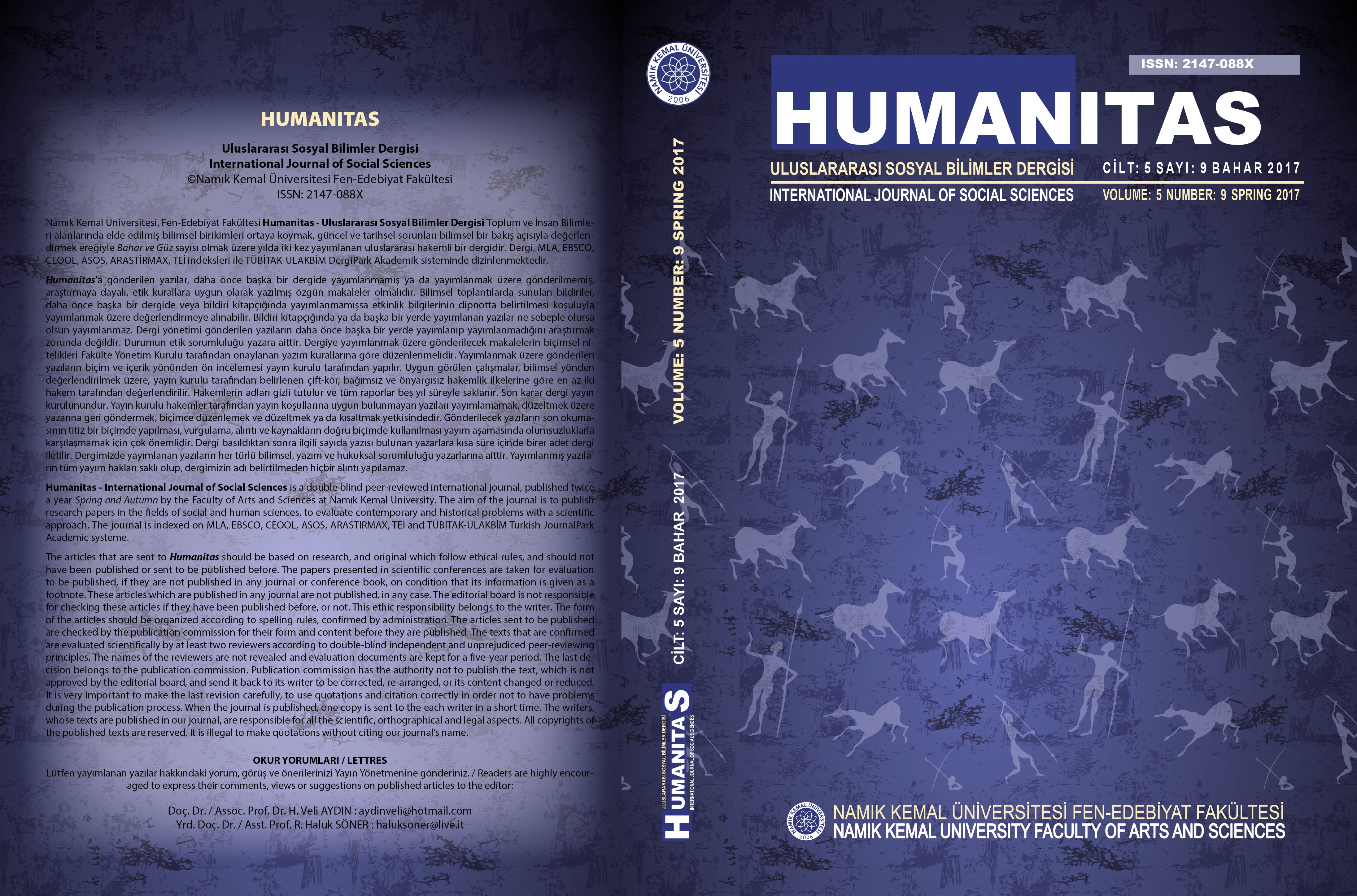YUKARI MENDERES HAVZASI TARİHÖNCESİ BİLGİLERİNE KATKI SAĞLAYAN YENİ BİR YERLEŞİM: GÖCELER HÖYÜK
A NEW SETTLEMENT AREA ENLIGHTENING THE PREHISTORY OF UPPER MEANDER BASIN: GÖCELER HÖYÜK
Author(s): Erim KonakçıSubject(s): Archaeology, Cultural history, Local History / Microhistory, Ancient World, Rural and urban sociology
Published by: Namık Kemal Üniversitesi Fen-Edebiyat Fakültesi
Keywords: Göceler Höyük; Upper Meander Basin; Chalcolithic; Early Bronze Age; Middle Bronze Age; Late Bronze Age; Pottery;
Summary/Abstract: Göceler Höyük has been found within the scope of the archaeological survey project of the Upper Meander Basin’s mountainous part. Göceler Höyük is located on the north-western plane area of the district of Çivril in Denizli Province. The stream of Burgaz is situated to the west and south of Göceler Höyük. The stream in its dry condition forms an enormous large valley and correlatively a natural route. This route which has been probably known since the prehistoric period generating our subject was used by the local community in the not too distant past. This aforementioned natural route opens at Çal-Banaz (Uşak) from the north-east and Çivril-Dinar (Afyon) from the east. Göceler Höyük spreads over a 2.7 hectare-area in total. The potteries which date back to the periods of Late Chalcolithic, Early Bronze Age 1- 2-3, Middle Bronze Age, Late Bronze Age, and Late Rome, have been found during the surface surveys in 8 sampling areas constituted in GöcelerHöyük. The alteration seen in the distribution area of the settlement within the periods of being inhabited has proved some consonant results with the Upper Meander Basin surface surveys. When the potteries of the Late Chalcolithic and Early Bronze Age detected in the mound are generally evaluated, they substantially show resemblance to the settlement of Beycesultan. The Red Cross bowl which has been found among the Early Bronze Age 3 potteries constitutes a new sample to this group that is uncommonly seen in the Western Anatolia. Although similar Middle and Late Bronze Age pottery are seen in Beycesultan, they also exhibit some comparable characteristics with the Central Anatolia and the Western Anatolia’s coasts. Göceler Höyük, which had a continuous settlement up to the beginnings of the Late Bronze Age, was abandoned towards the end of Late Rome Period.
Journal: Humanitas - Uluslararası Sosyal Bilimler Dergisi
- Issue Year: 5/2017
- Issue No: 09
- Page Range: 1-28
- Page Count: 28
- Language: Turkish

